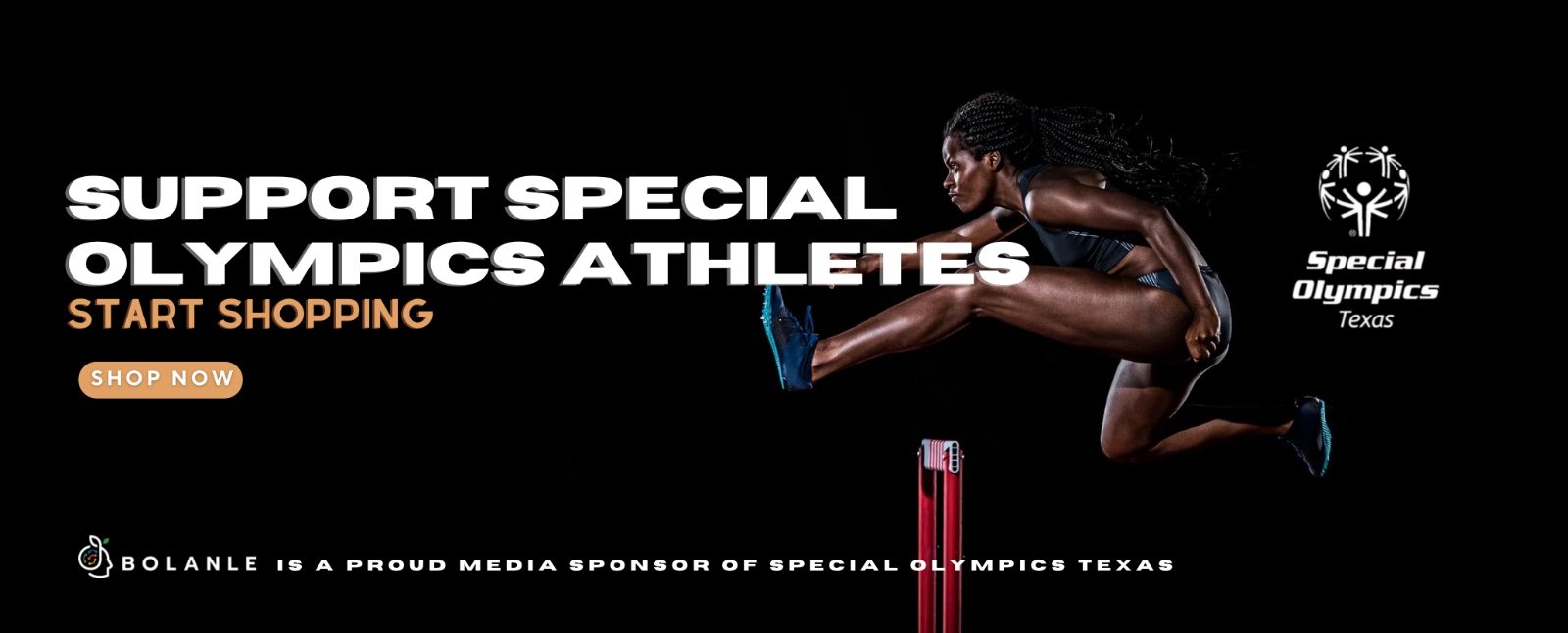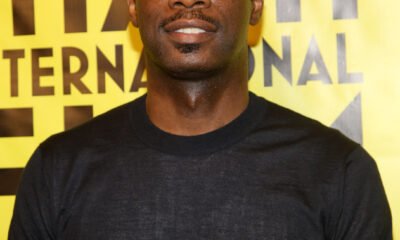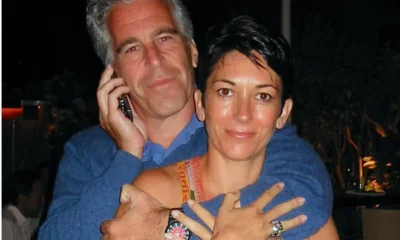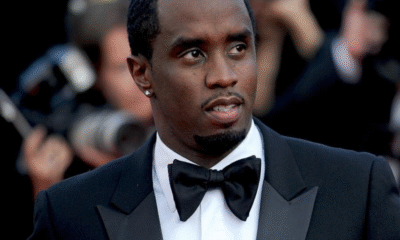Entertainment
Usher Named as Witness in Explosive Day 6 of Diddy’s Abuse Trial
Day six of Sean “Diddy” Combs’ federal abuse and racketeering trial erupted with bombshell revelations, emotional testimony, and a surprise celebrity name-drop that could change the course of the case. The courtroom was packed with tension and drama as witnesses recounted harrowing stories, the defense fought back aggressively, and Usher’s name surfaced in connection to a shocking alleged incident.
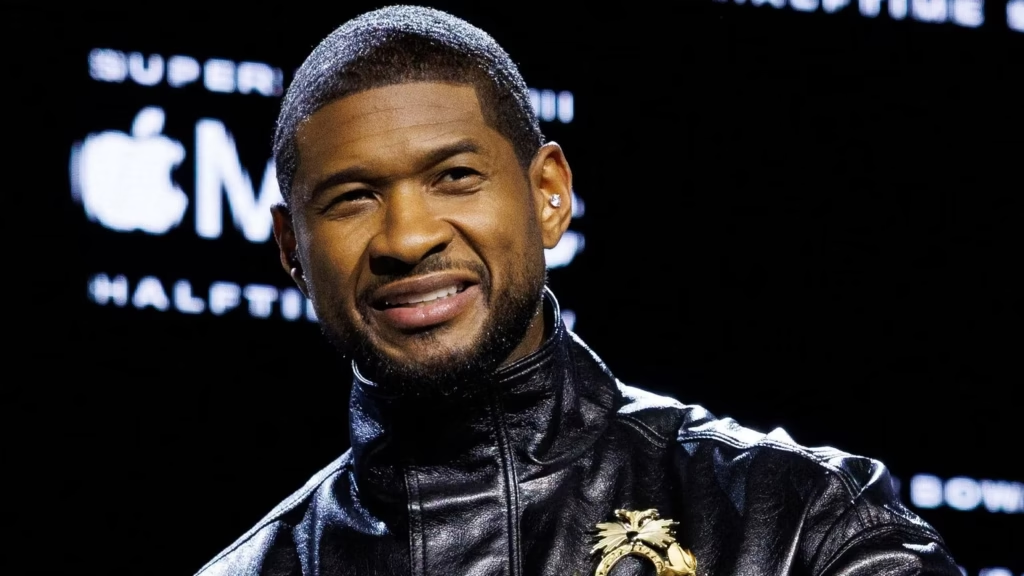
The “Flavor Camp” Connection: Usher’s Early Years with Diddy
One of the most talked-about moments came when Don Rashard, a former member of Danity Kane and Diddy Dirty Money, testified about her time in Diddy’s orbit. She referenced Usher’s well-known history with Diddy, recalling how music executive LA Reid sent a young Usher to what was called “Puffy Flavor Camp.” Usher himself has spoken about living with Diddy as a young teen, describing the environment as wild and inappropriate for a child. Rashard’s testimony suggested that Usher, at just 13 or 14, was exposed to an adult lifestyle and possibly witnessed troubling events.
Shocking Testimony: Usher Allegedly Witnessed Abuse
The morning’s most explosive moment came when Don Rashard named Usher as a potential witness to abuse. She claimed that Usher was present at a dinner in Los Angeles where Diddy allegedly punched Cassie, his former partner, in the stomach. Other music industry figures, including Jimmy Iovine and possibly Ne-Yo, were also mentioned as being present. While it remains unclear whether Usher directly witnessed the assault, his presence at the scene is enough to raise serious questions and could lead to him being called to testify.
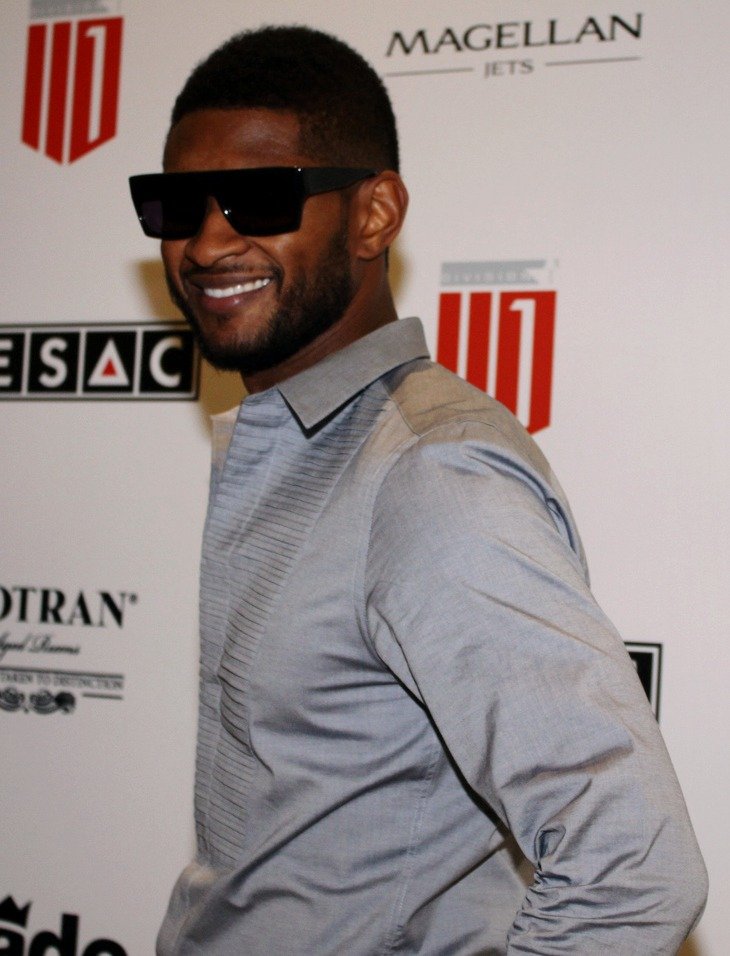
Forced Labor and Threats: The Chef’s Story
The prosecution introduced testimony from Diddy’s former chef, who was allegedly subjected to forced labor. The defense tried to dismiss the chef’s experiences as irrelevant gossip, but prosecutors insisted that these details were central to their case, painting a broader picture of abuse and control within Diddy’s inner circle.
Don Rashard’s Emotional Account
Don Rashard’s testimony was a whirlwind of emotion and controversy. She recounted being threatened by both Diddy and Harve Pierre after witnessing the infamous “Cassie Skillet incident.” According to Rashard, Diddy told her, “If you tell, people will go missing,” a chilling threat that stunned the courtroom.
However, the defense quickly challenged her credibility, pointing out that this threat was not mentioned in her first seven interviews with investigators. Rashard explained that trauma had buried some memories, which only surfaced after repeated questioning. The defense also highlighted inconsistencies in her civil lawsuit and her continued contact with Diddy after leaving his label, suggesting her actions contradicted her claims of fear.
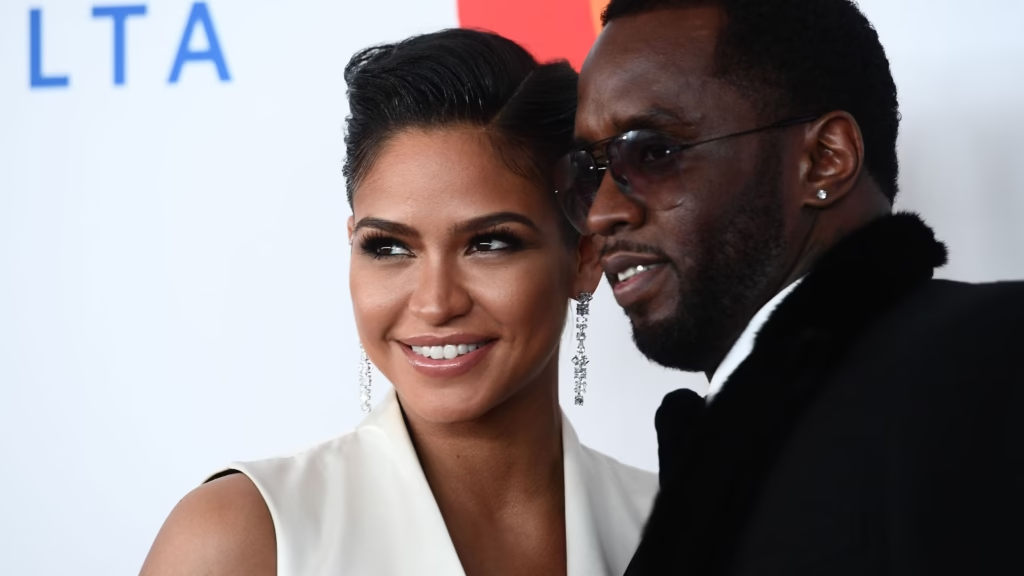
Cassie’s Best Friend Testifies: More Alarming Details
Carrie Morgan, Cassie’s former best friend, also took the stand, describing an incident in Jamaica where Cassie screamed in terror after allegedly being abused by Diddy. Morgan recounted another episode when Cassie arrived at her home with a black eye, followed by Diddy banging on the door with a hammer. Police were called, but no official report was filed.
Drugs, Guns, and “Freak Offs”
Rashard further alleged that Diddy regularly carried a gun and that his infamous Louis Vuitton medical bag contained not just recreational drugs, but Plan B and birth control pills, corroborating earlier testimony about the extreme and dangerous environment surrounding Diddy.

The Defense: Money or Justice?
Throughout the day, the defense tried to frame the witnesses’ motives as financial, suggesting that the numerous civil lawsuits against Diddy were nothing more than money grabs. Rashard pushed back, insisting her goal was justice and accountability for the trauma she and others endured.
What’s Next? Usher on the Stand?
With Usher now named as a potential witness, the trial could take an even more sensational turn. If called to testify, Usher’s account of his time at “Flavor Camp” and what he witnessed as a teenager could open the floodgates to more revelations—not just about Diddy, but about the broader culture of abuse and exploitation in the music industry.
As day six concluded, the courtroom was left reeling from the emotional testimony, celebrity involvement, and the ever-growing complexity of the case. With more witnesses expected and the possibility of Usher taking the stand, the Diddy trial is shaping up to be one of the most explosive legal dramas in recent music history.
What’s your take on these developments? Do you think Usher’s testimony could change the outcome of the trial?
For more updates on entertainment, business, and culture, stay tuned to Bolanle Media.
Bolanle Media covers a wide range of topics, including film, technology, and culture. Our team creates easy-to-understand articles and news pieces that keep readers informed about the latest trends and events. If you’re looking for press coverage or want to share your story with a wider audience, we’d love to hear from you! Contact us today to discuss how we can help bring your news to life
Entertainment
Hollywood’s Kiss or Miss Policy: Why Saying No Got Neal McDonough Blackballed
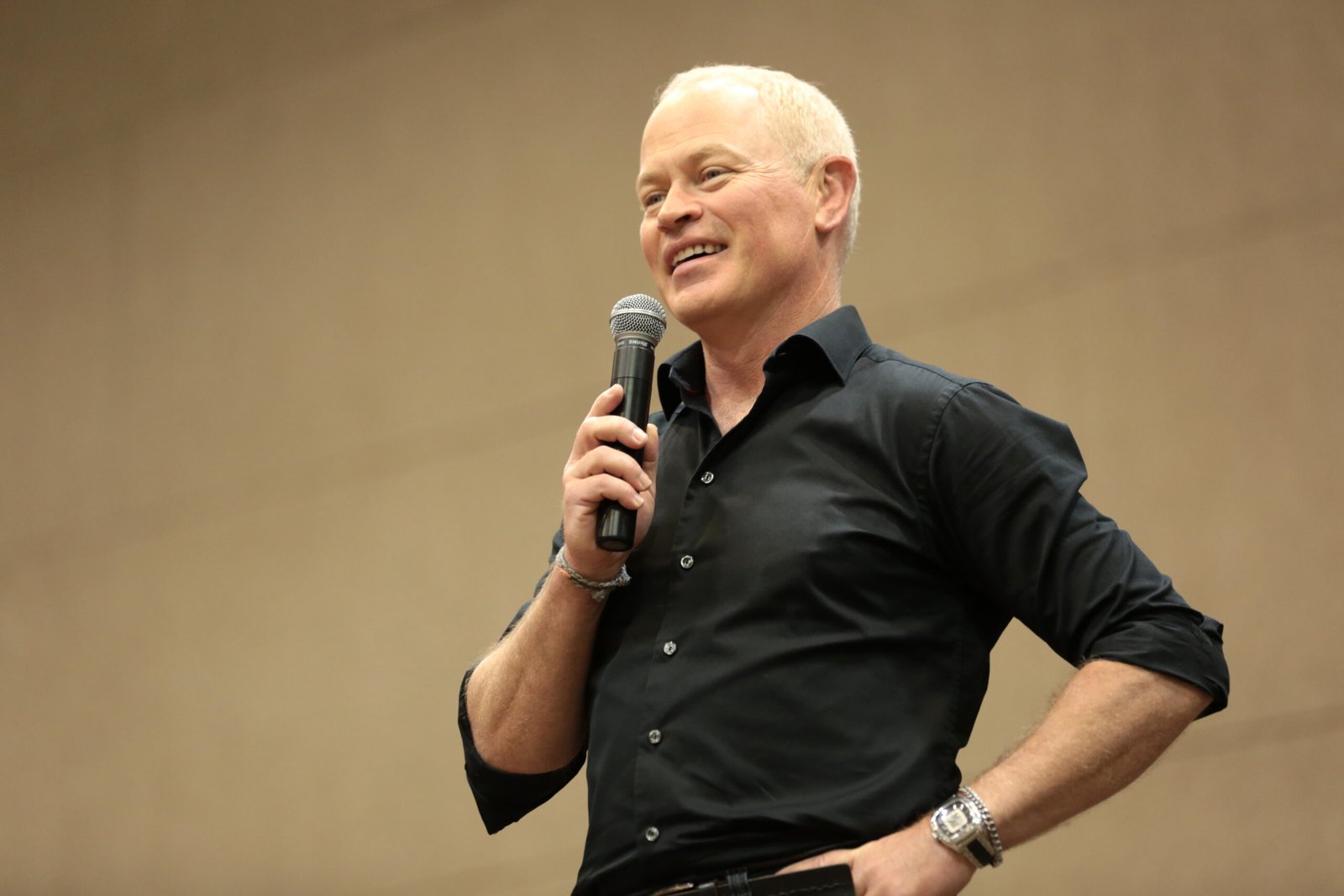
Neal McDonough’s name is synonymous with versatility on screen — from gripping war dramas like Band of Brothers to contemporary hits like Yellowstone. Yet behind his steady career lies a lesser-known story, one that exposes Hollywood’s surprising intolerance for personal conviction. McDonough’s insistence on a no-kissing rule in his contracts, a commitment driven by loyalty to his wife and family, resulted in a devastating blacklist that nearly cost him everything.
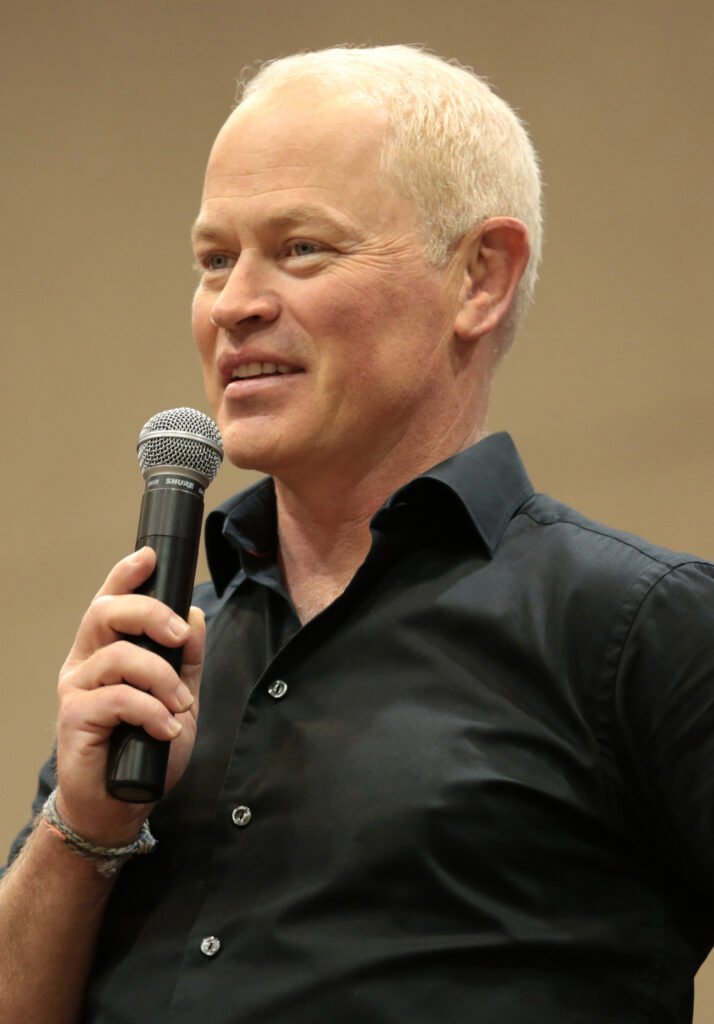
Holding Fast to His Values
Married since 2003 to model Ruvé Robertson and a devoted father to five children, McDonough chose not to compromise on his core beliefs, even at professional cost. Rather than chase fame at any price, he set a clear boundary that he would not share on-screen kisses with any woman other than his wife.
“I always had it in my contracts: no kissing other women on-screen,” McDonough explained. “I knew what it meant for my family, for my relationship, and I wasn’t going to step over that line.”
This deeply personal stance wasn’t born out of ego or sanctimony but a desire to protect the sanctity of his marriage and the wellbeing of his family.
“My wife is my priority,” he said. “The rest can wait.”
The Cold Shoulder from Tinseltown
What followed wasn’t the Hollywood applause McDonough might have hoped for, but instead a professional exile. Industry gatekeepers reportedly rejected him from roles and even dropped him mid-production over his refusal to perform intimate scenes that contravened his no-kissing policy.
“Hollywood turned on me hard and fast,” McDonough shared candidly. “I lost everything — the work, the goodwill, my sense of self.”
Reports surfaced of McDonough being pulled from a show Scoundrels just days into filming because he declined a kissing scene. The implication was clear: in Hollywood, kissing other women wasn’t a mere acting choice; it was a mandatory rite of passage.
Courage in the Face of Pressure
Neal McDonough’s story is an uncommon example of a man standing his ground in an industry built on appearances and compromises. His ordeal lays bare Hollywood’s tendency to steamroll personal boundaries in favor of “business as usual.”
“Intimacy is sacred to me,” McDonough said. “When I drew the line, it wasn’t popular, but it was necessary for who I am.”
His wife, Ruvé Robertson, who has stood beside him throughout, expressed unwavering support for his decision.
“Neal’s integrity is why our family stays strong. It’s more important than any role, any accolade,” she said.
A Journey Back to the Spotlight
After enduring years of silence and struggle, McDonough found his footing again through key allies in the industry who respected his boundaries and talent. Notably, in the film The Last Rodeo(2025), he broke his no-kissing rule — but only with his wife playing his on-screen partner.
“That kiss wasn’t just performance; it was a celebration of loyalty,” he reflected. “I had to have my wife by my side for it to feel right.”
The Bigger Picture
Neal McDonough’s journey challenges Hollywood to rethink its rigid expectations of actors and respect individual values. It’s a compelling story of fidelity and courage in an industry that often demands conformity at all costs.
“I hope my story encourages others to hold firm to who they are,” McDonough said. “Because no role should cost you your integrity.”
Entertainment
Ariana Grande’s Red Carpet: When Fans Forget Boundaries

At the Singapore premiere of the highly anticipated film “Wicked: For Good,” Ariana Grande faced an unsettling moment that quickly went viral. As the pop star confidently walked the yellow carpet alongside her co-stars, an overzealous fan, identified as 26-year-old Johnson Wen, broke through security barricades and lunged at her, grabbing her in an unexpected and alarming manner. The incident was swiftly halted thanks to the quick intervention of Ariana’s co-star Cynthia Erivo, who shielded the singer until security subdued the intruder.

Known online as “Pyjama Man,” Wen has a notorious reputation for crashing high-profile events to gain viral attention. This was not his first stunt; he had previously disrupted performances by stars like Katy Perry and The Weeknd. Following the incident, Wen posted footage of himself on Instagram, captioning it,
“Dear Ariana Grande, Thank You for letting me Jump on the Yellow Carpet with You,” much to the dismay of fans who criticized his reckless behavior.
The event has sparked widespread discussions about the safety and boundaries of celebrities attending public events. Ariana Grande, who has openly struggled with anxiety and trauma following the 2017 Manchester bombing, was visibly shaken but remained composed in the aftermath. Although she did not comment directly on the incident, she expressed gratitude to her fans in Singapore through social media posts.
Billie Eilish, another major music star, was also present and later reflected on how moments like these highlight the growing challenges celebrities face as fans blur the lines between admiration and invasion of privacy.

The incident at the “Wicked: For Good” premiere is a stark reminder that while celebrity fandom can be passionate, it must respect personal boundaries, especially in high-security environments intended to protect performers. Ariana Grande’s grace under pressure and activists like Cynthia Erivo’s immediate response prevented what could have been a far more serious encounter. Still, it raises serious questions about event security and fan etiquette in today’s hyper-connected celebrity culture.
This moment underscores a larger trend where stars find themselves navigating the precarious balance of engaging with fans while maintaining their safety and dignity on the public stage.
Entertainment
Wendy Williams Cleared of Dementia, Battles to End Guardianship

Wendy Williams, the well-known television personality, was long believed to be suffering from frontotemporal dementia (FTD), a diagnosis that led to her being placed under a court-ordered guardianship since 2022. However, recent medical evaluations by a top neurologist in New York have concluded that Wendy Williams does not have this degenerative condition. This groundbreaking revelation directly contradicts earlier diagnoses that justified strict legal control over her personal and financial decisions.

The original diagnosis had been used by her court-appointed guardian to limit Williams’ autonomy and isolate her from family and career opportunities. Friends, family, and legal representatives now assert that Wendy has remained mentally sharp, articulate, and physically recovered, challenging the notion that she is incapacitated. The new neurological tests showed no signs of the cognitive decline typically associated with frontotemporal dementia, which is known to be irreversible and progressive.
As a result of these findings, Wendy Williams’ lawyers are preparing to file documents to the court to terminate the restrictive guardianship arrangement. If the judge resists, her attorney plans to take the case to a jury trial, seeking to restore her full independence. This situation has brought to light concerns about guardianship abuse, misdiagnosis, and the potential misuse of legal powers, especially in high-profile cases.
The controversy surrounding her guardianship also involves allegations from her ex-husband, who earlier sued to end the guardianship, claiming it was harmful and exploitative rather than protective. His lawsuit described the guardianship as “a weapon, not a shield,” emphasizing the lack of therapeutic benefit for Wendy Williams.

This reversal of diagnosis is significant not only for Wendy Williams’ personal freedom but also for raising public awareness about the importance of accurate medical assessments before imposing such life-altering legal restrictions. Fans and advocates are hopeful that this development will mark the beginning of Wendy Williams’ return to public life on her own terms, free from unjust confinement.
In sum, Wendy Williams’ case highlights critical issues at the intersection of health, law, and individual rights, revealing how a flawed diagnosis can lead to profound consequences, including loss of autonomy and control over one’s life.

 News4 weeks ago
News4 weeks agoDiddy Wakes Up to Knife in Prison Attack

 Business4 weeks ago
Business4 weeks agoHarvard Grads Jobless? How AI & Ghost Jobs Broke Hiring

 Entertainment2 weeks ago
Entertainment2 weeks agoAfter Party: Festival Winner for Best Romantic Short

 News1 week ago
News1 week agoCamp Wackapoo – Rise of Glog Takes Center Stage

 Entertainment1 week ago
Entertainment1 week agoFrancisco Ramos Takes Top Mockumentary Award at Houston Comedy Film Festival

 Politics2 weeks ago
Politics2 weeks agoMamdani’s Victory Triggers Nationwide Concern Over New York’s Future

 Politics2 weeks ago
Politics2 weeks agoTrump’s $2,000 Tariff Dividend Plan: Who Gets Paid?

 News1 week ago
News1 week ago50-Year Mortgages: A Game Changer or a Debt Trap?

